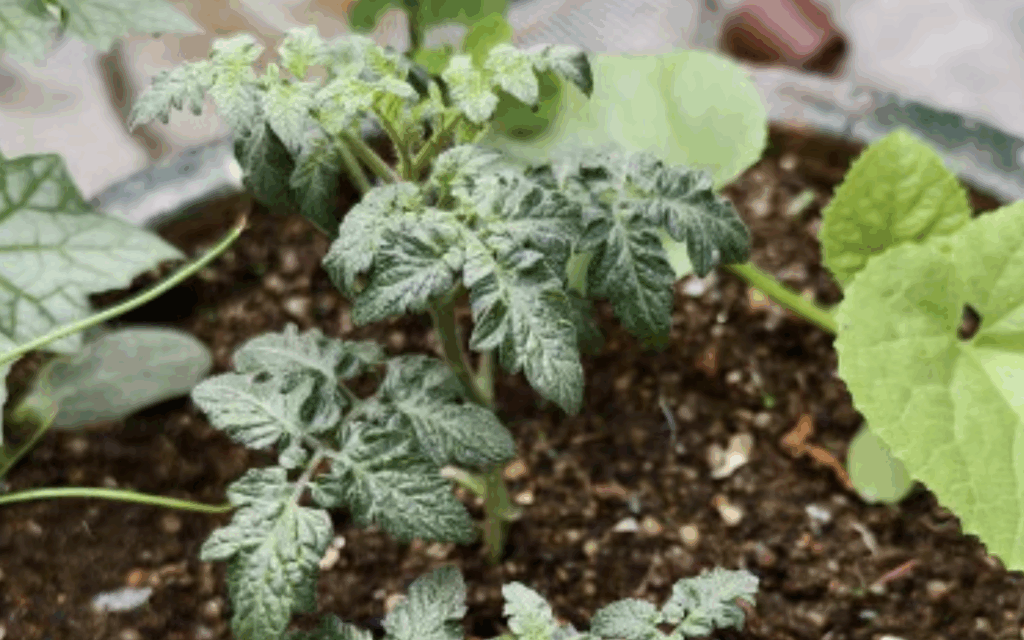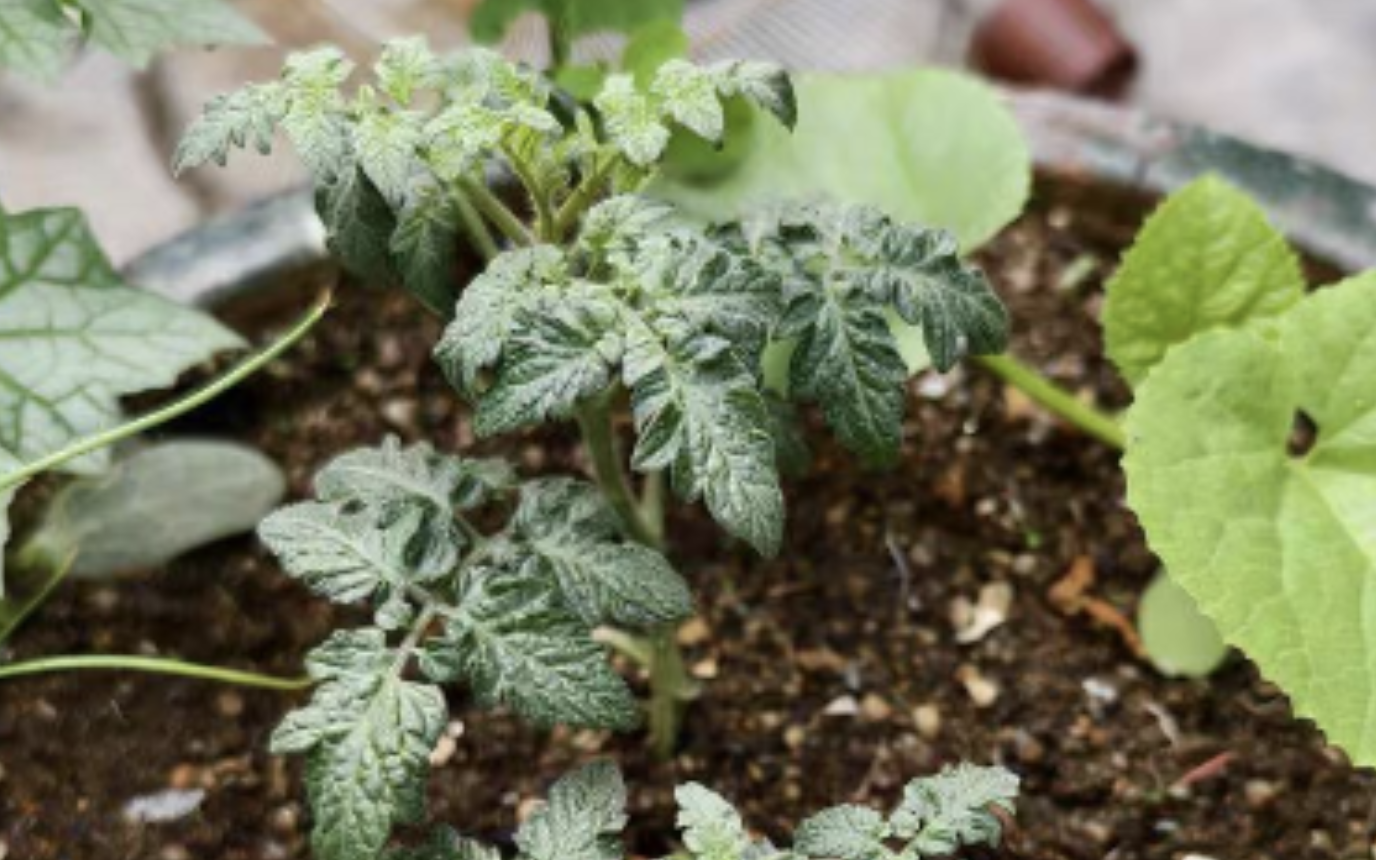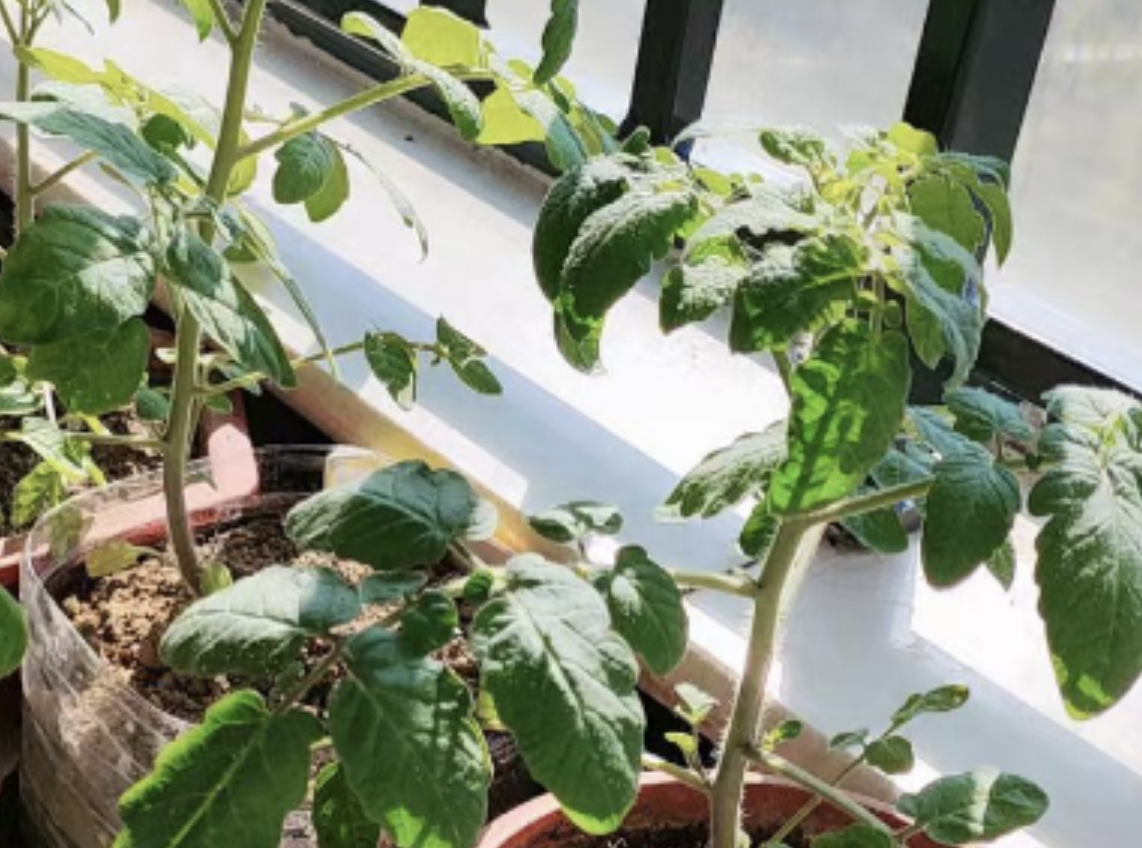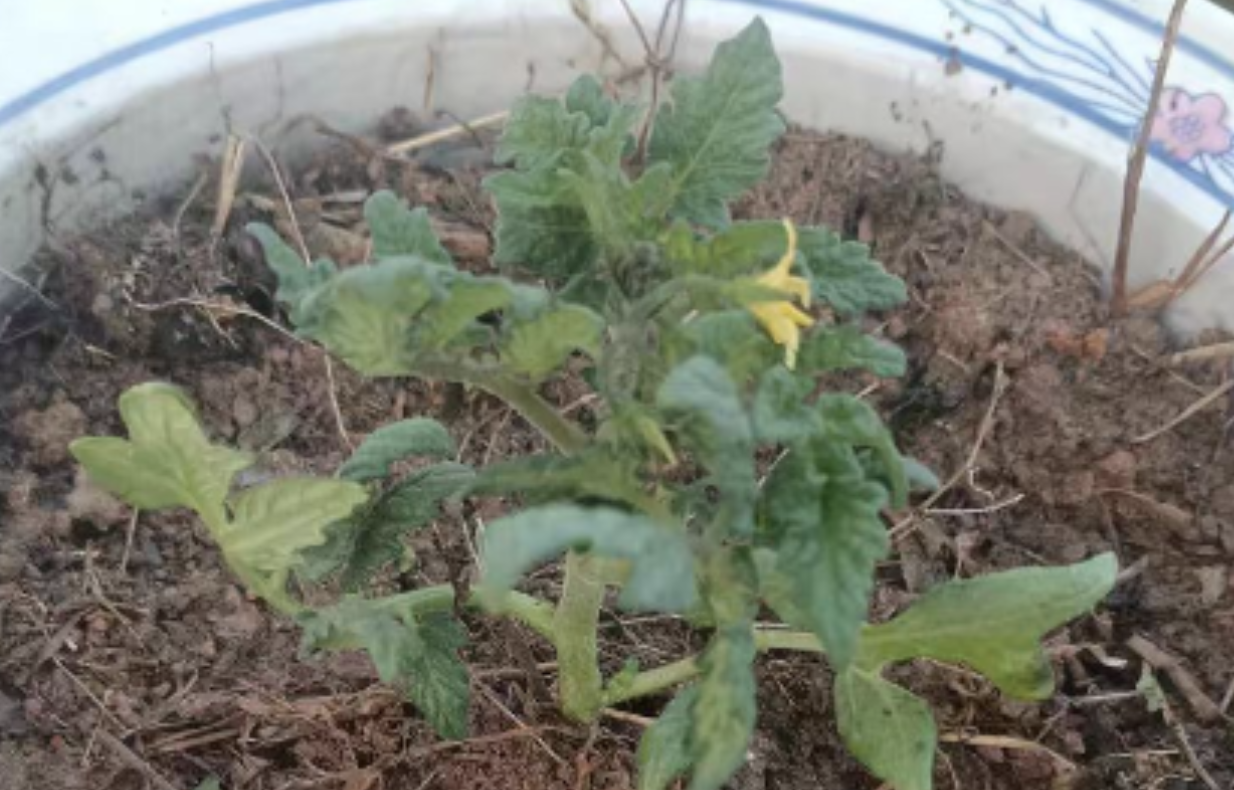The most common culprits are pests and diseases. First, let's talk about root-knot nematodes. These pests invade the roots of tomatoes and cause damage. Once they settle in, the tomato roots develop many swollen knots, resembling small tumors. As the roots are damaged, nutrients and water can't reach the stems, causing the stems to develop bumps. Over time, the tomato plants become short, yellow, and the leaves look weak and lackluster.

Virus diseases are also troublesome. If the tomato plants get yellowing and curling leaf virus, the leaves will turn yellow and curl up, and the stems will also be affected. The virus causes the stem tissue to swell abnormally, like when a mosquito bites and leaves a bump on your skin. Tomato plants infected with a virus become particularly weak and are easily targeted by other diseases.
In addition to diseases, scale insects and aphids also cause problems. Scale insects are like small sticky bugs clinging to the stems. They use sharp mouths to suck the tomato plant's juices. While feeding, they also excrete saliva, which irritates the stems and causes them to develop bumps. The saliva also attracts dark, dirty substances that can interfere with the tomato plant's ability to photosynthesize. Aphids are equally troublesome, gathering in groups on the stems, sucking juices, and swelling the stem tissue. They also spread viruses, making the tomato plant even sicker.
However, don't panic too much. Sometimes, the bumps on the stems are actually helpful to the tomato plant. When the air is too humid, tomatoes will grow small bud-like structures on their stems, which are places where new roots will develop. When conditions are right, these little bumps can turn into new roots, helping the plant absorb more nutrients and causing no harm to the plant.
Also, improper pesticide application and fertilization can cause issues. If pesticides are mixed too strong or applied during the hottest part of the day, the stems can develop strange bumps. The same goes for fertilization: using too much nitrogen fertilizer can cause the tomato plant to grow too rapidly, making the stems soft and prone to swelling. If there’s a lack of trace elements like boron and zinc, the stems can also grow abnormally.
By carefully observing the appearance of these bumps and spines, and considering the overall condition of the tomato plant, you can generally identify the cause and solve the problem in time, allowing the tomatoes to grow healthily again.




Leave a Reply